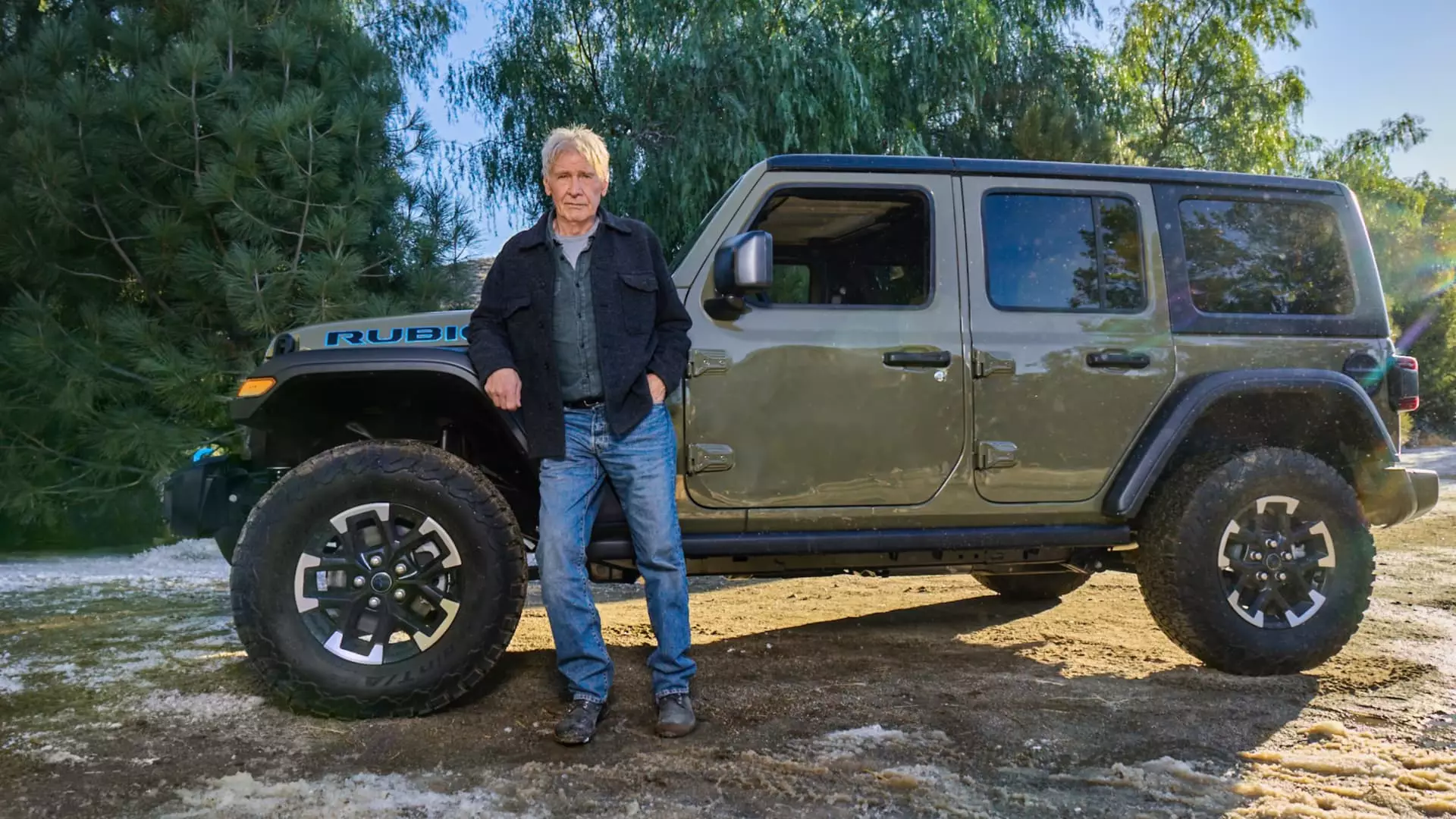The Super Bowl, a prime platform for advertisers, often sees companies wrestling for attention, especially within the highly competitive automotive industry. This year’s game, Super Bowl 59, saw a notably unique position taken by Stellantis, the parent company of Ram and Jeep. While many automakers opted out of the advertising chase amid economic uncertainties and the ongoing electric vehicle (EV) transition, Stellantis boldly asserted its presence on one of television’s biggest stages. This turn of events, driven by strategic marketing decisions and a quest for brand rejuvenation, underscores the carmaker’s commitment to reestablishing its footing in the U.S. market.
Stellantis found itself at a crossroads, particularly following the unexpected departure of CEO Carlos Tavares in December. This shakeup prompted Stellantis Chairman John Elkann, the heir of Italy’s Fiat lineage, to jumpstart discussions about a Super Bowl ad. Not merely a marketing stunt, Elkann’s decision aimed to symbolize Stellantis’s resolve to rebound in the critical U.S. automotive landscape.
Olivier Francois, Stellantis’s Chief Marketing Officer, recounted how despite initial plans not to advertise, Elkann’s urging to embrace a “comeback spirit” shifted their trajectory. Reflecting on past successes, including memorable Super Bowl ads that intertwined iconic figures with profound cultural narratives, the company aimed to tap into its rich history of storytelling in advertising—symbolically linking their own resurgence to that of the city of Detroit, which has been using its resilient spirit as a narrative backdrop since the 2009 bankruptcy crisis.
Stellantis has a history of crafting emotionally resonant advertisements, particularly during the Super Bowl. The 2011 ad featuring rapper Eminem is a high point, ingeniously connecting the notion of revival not just for the brand but for the city itself. By hearkening back to this fundamental approach, Francois set out to imbue the current ads with that same revived energy and commitment in light of the shifting market dynamics. The reminiscence of Sergio Marchionne, the late CEO, served as inspiration, reminding the marketing team to approach their campaign with a spirit of audacity and creativity.
Marchionne’s philosophy, famously advocating for a fearless approach to competition, guided Francois. Emphasizing the importance of bold storytelling, he crafted messages that transcend the mere transaction of selling vehicles. This year, although the ads featured recognizable celebrities and comedic elements, they still resonated with deeper themes, illustrating the brand’s evolution and response to both historical and contemporary tribulations.
The creative process for this year’s Super Bowl offerings rapidly evolved. Francois mentioned that his collaboration with actor Harrison Ford for a Jeep ad was a fresh venture. The narrative hinged on a profound concept: freedom and individuality, contrasting the well-known Jeep identity with competing brands like Ford’s Bronco. This juxtaposition offered an interesting perspective in the ad’s climax, encouraging viewers to seek personal happiness—a message meant to connect emotionally with audiences.
While Stellantis embraced its iconic heritage, the inclusion of electric vehicles alongside traditional offerings indicates a commitment to adapt to industry trends without abandoning its loyal customer base. Francois noted that the reluctance of other automakers to engage in this year’s Super Bowl likely stemmed from previous endeavored marketing campaigns focused on electric vehicles that yielded little consumer interest.
The stakes during Super Bowl ad placements are high. With ad spots commanding exorbitant fees—up to $8 million for just 30 seconds—many brands may be reluctant to navigate these waters unless they feel assured of a return on investment. However, Stellantis’s dual focus on EVs and conventional vehicles catered to a broader audience, showcasing the intersection of modernity and tradition.
Stellantis’s decision to remain present during Super Bowl 59 signals more than just a turnaround in advertising strategy; it reflects a broader corporate ethos of resilience. The acknowledgment that “marketing is no longer a cost” by Elkann underscores the pivotal role marketing plays in shaping consumer perceptions—especially for a legacy brand poised at the intersection of classic automotive craftsmanship and forward-thinking innovation.
In this light, Stellantis’s bold maneuver serves as both a narrative of transformation and a call to arms for the entire automotive sector. Other manufacturers might benefit from introspecting their approaches amid changing landscapes and consumer expectations. By showcasing not just vehicles but stories that resonate with experiences, Stellantis challenges its competitors to rethink their strategies and reaffirm their relevancy in an ever-evolving marketplace.
Stellantis at Super Bowl 59 exemplifies a significant commitment to reinvention, steered by leadership, creativity, and a willingness to embrace the complexities of the modern automotive industry. It signals a hopeful aspiration, etching a path of renewed identity and connection with audiences—a feat increasingly critical in today’s fast-paced automotive ecosystem.


Leave a Reply